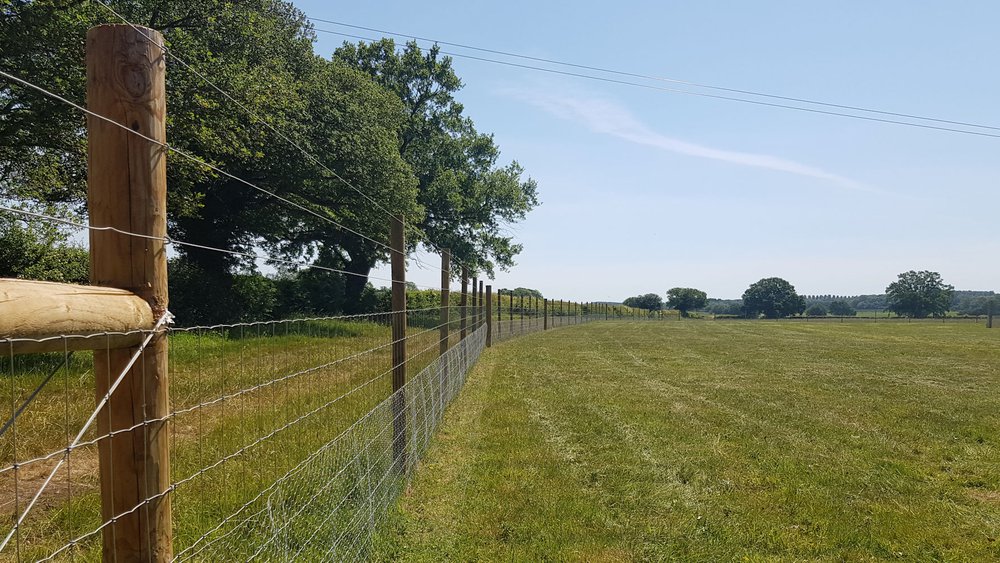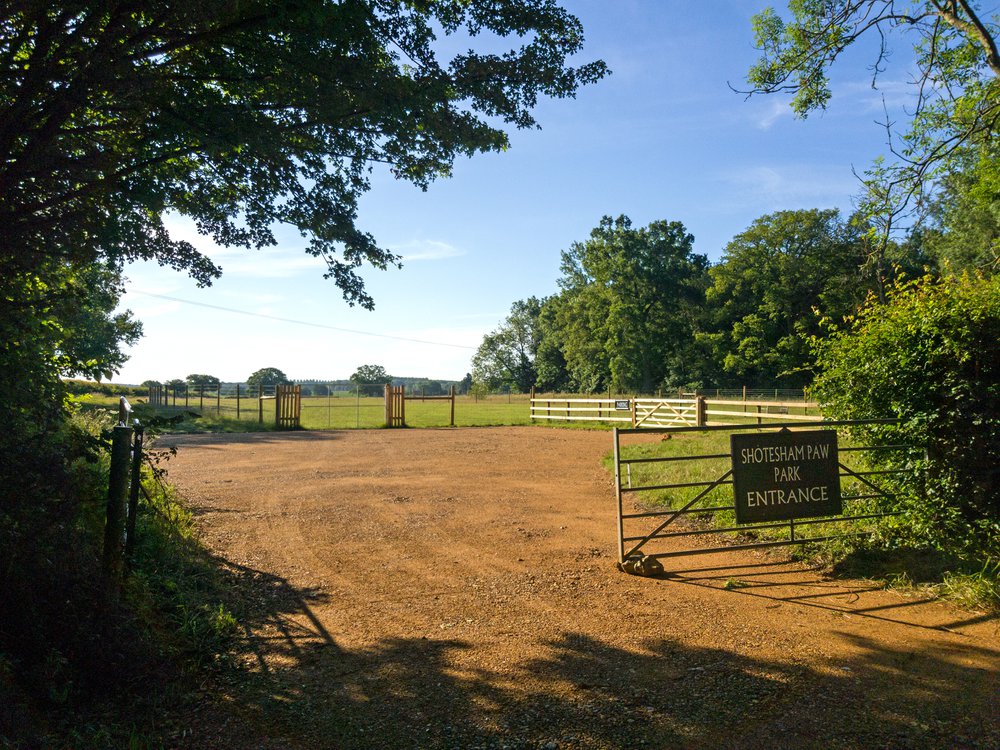Paw Parks
How CLA East members are providing land for local dog walkersAccording to the Pet Food Manufacturers’ Association, 3.2 million households in the UK acquired a pet since the start of the Covid-19 pandemic. It estimates there are now 12 million pet dogs in the UK. Lee Murphy speaks to two landowners who have assigned land to ‘paw parks’ to allow dog walkers a secure location to walk their pets.

Having a safe location to let your dog off a lead without the fear of it running towards a road or chasing livestock can be difficult for many dog owners.
During the various Covid-19 lockdowns the CLA urged all dog owners to be responsible when walking their animals and to adhere to the Countryside Code. The risk of dogs running off leads and chasing and attacking livestock is a serious concern for many farmers and landowners. With a rise in visitors to the countryside during the pandemic, many with new dogs, those concerns were heightened.
Some landowners are creating ‘paw parks’ – areas of secure land surrounded by fencing where dog owners can, for a fee, book a slot to let their pet pooch have a run – without the fear of it vanishing into the distance or chasing farm animals.
At Shotesham Park in Norfolk they manage their arable farm in hand, growing cereals, oilseed rape, beans and sugarbeet. During the Covid-19 lockdown last year the estate created a fenced 2-acre field for dog owners wanting to exercise their pets.
Edward Bailey from the Shotesham Estate said: “We have a farm employee with rescue pointers, who told us he was driving half an hour away to safely exercise his dogs. Meanwhile we had an underutilised ancient grassland field with good access from the road, which we realised would make the perfect site for a secure dog park.
“From a business perspective we recognised the upfront costs – including planning and the fencing – were going to be our biggest expenditures,” says Edward. “We knew that our pricing was going to be influenced by other dog parks, and that we would have to fall into the same pricing bracket to be competitive.”
“The ongoing costs are low but there is definitely a time element to consider. We spend up to an hour a day walking the field, changing the bins and water, and checking for damage to the fence.”

Edward’s wife, Kelly Bailey agrees. “There is an element of maintenance that shouldn’t be underestimated,” says Kelly. “It’s more than just putting up a fence.”
For Edward and Kelly it was important to create a dog park that was an experience for visitors. “When we looked at our setting, and the environment we have, we really felt we have a beautiful location and wanted a balance between generating income and creating a relaxed, family friendly atmosphere,” says Kelly.
Edward and Kelly consider it important for landowners to first understand the needs of dog owners and businesses in their area if they are considering setting up a secure field.
They believe it has been well worth the investment. “Improved returns aside, it’s been rewarding to provide a service to local people who were previously having to travel quite a distance to safely walk their dogs, many of which are rescues and are reactive due to traumatic histories.” Kelly comments.
Newton Farms, a progressive mixed farm based in south Cambridgeshire, has established two new secure dog fields. The private hire fields cater for dog owners in their local area with prices starting at £10 if you visit with one dog for a one hour visit.
George Hurrell of Newton Farms said: “The whole idea came about because of the withdrawal of the Basic Payment Scheme (BPS). As we stand to lose 25 per cent of our single farm payment we have to plug that hole.
“We had a field that, at three acres, wasn’t big enough to farm so we thought that the fact we are only five miles from the centre of Cambridge, creating a dog park would make a lot of sense.”
George says the parks have been a good decision. “It’s a quick return on investment, it doesn’t require huge management and it’s an easy form of diversification,” George comments. “Once we established the first park it broke even after about six months. From that moment we were keen to open the second one as soon as possible.”
George initially targeted professional dog walkers in the local area who make up the majority of the visitors during the day. Family dog owners use the field more commonly at weekends and in the evenings.
“We decided not to provide water for visiting dogs as we were concerned about the potential for diseases that can be carried in water bowls,” says George. “We make that pretty obvious so that people know that they need to supply their own.
“There is a bit of upkeep from the admin side,” George adds. “We do get a lot of people requesting to move their time slot because the weather’s changed and we do get people contacting us regularly asking questions about the height of the fencing. Some of our regular visitors have my mobile number to contact me on.”
George believes the rise in dog ownership during the pandemic had a positive impact on the business. “It’s so suburban and densely populated where we are in south Cambridgeshire – there are people walking dogs all over the place. I do wonder if people felt safer walking their dogs in a secure dog walking field during the pandemic.”
If you are thinking of setting up a dog park you can contact the CLA who can advise on all aspects required before progressing with a project of this nature, including planning considerations and business rates.